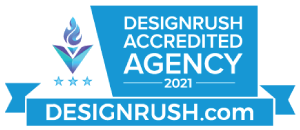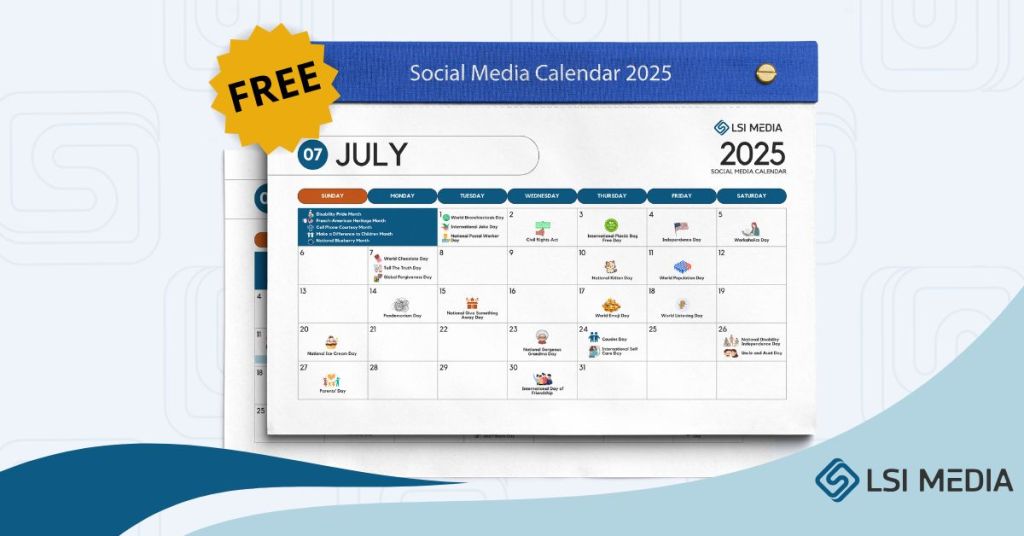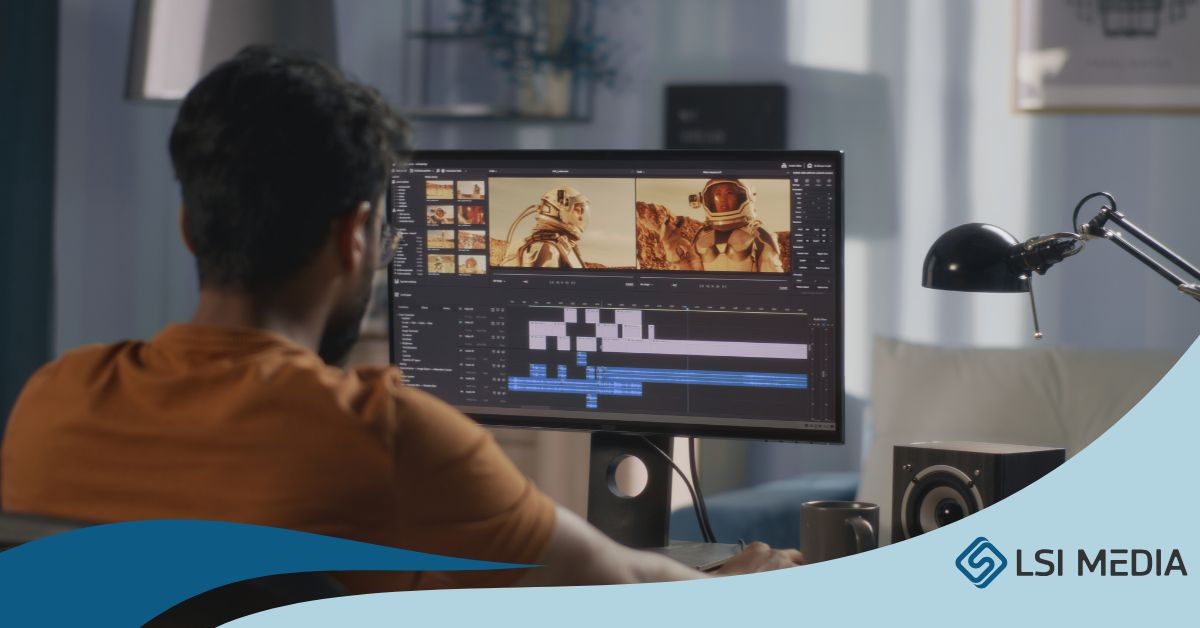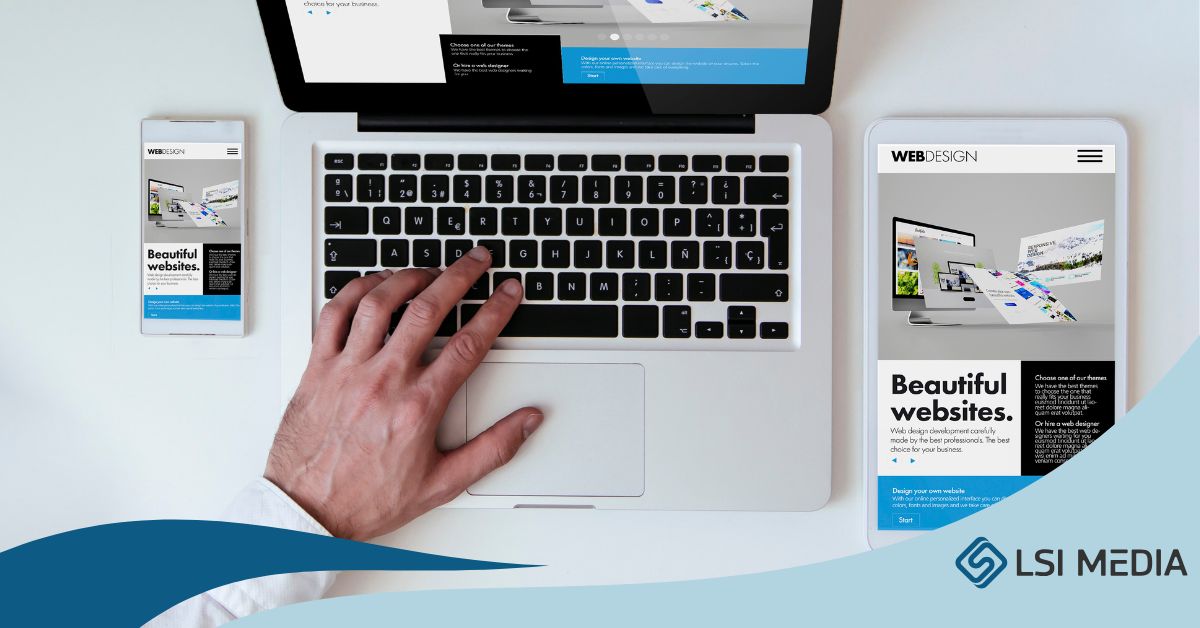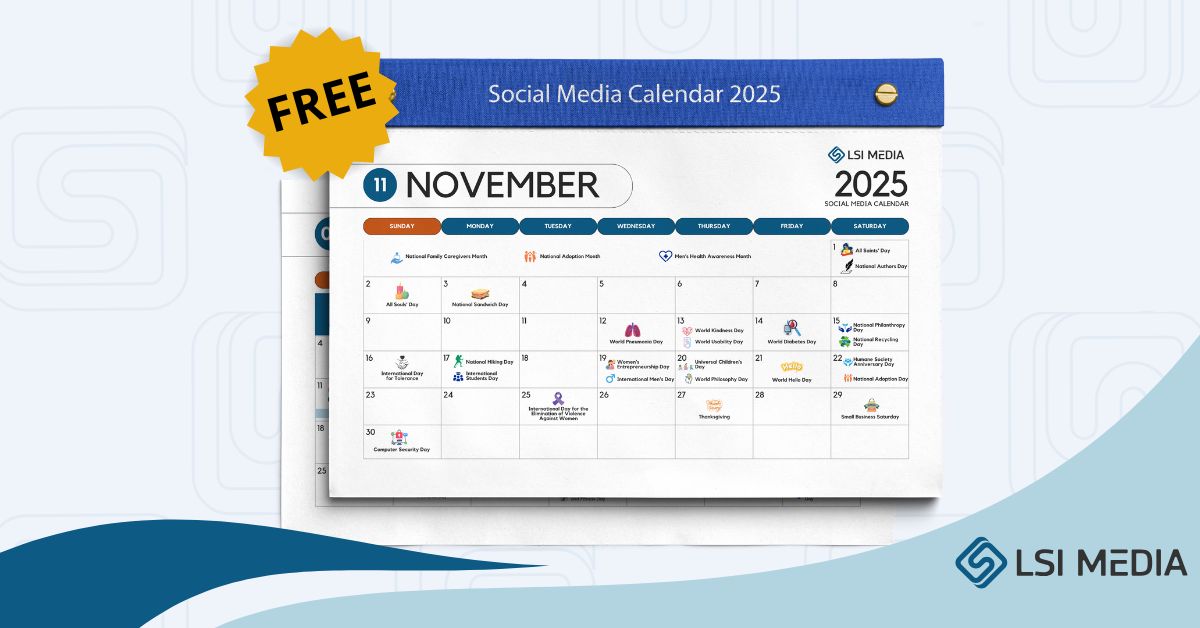Game-Changing Tips for Finding the Best Web Designer
Your website serves as the digital face of your business. A great website designer can turn visitors into customers, while a poor one drives them away. Finding the best web designer makes all the difference in creating an effective online presence.
Many business owners feel lost when searching for a web designer. The market brims with options—from freelancers to large agencies, from budget-friendly to premium services. Should you hire a website builder or a professional? How do you know who will deliver results?
This guide breaks down the process of finding the best web designer into clear steps. We’ll cover what skills matter, how to assess portfolios, questions to ask, pricing expectations, and red flags to watch for. By the end, you’ll know how to make a confident choice for your new website project.
What Makes a Great Web Designer
A web designer creates more than just pretty layouts. They build the bridge between your business goals and customers’ needs through a strong online presence.
Skills to Look for in a Web Designer
When evaluating a website designer, look for these key abilities:
The best talents can transform your ideas into a website that speaks to your audience. They understand user experience and know how to guide visitors toward taking action.
Ask about their process for staying current with web design trends and techniques. The digital world changes fast, and your web designer should evolve.
Can your website designer work with your existing branding? Or will they help develop a fresh visual identity? These questions matter when choosing who will be the best website designer for your project. design a website for you.
Technical vs. Creative Expertise
Great website design balances technical precision with creative vision.
The technical side includes coding languages, responsiveness, and load speed optimization. A web designer might use HTML, CSS, and JavaScript, or work with platforms like WordPress or Shopify.
The creative aspect covers visual elements, branding consistency, and user experience. This includes color theory, typography, and layout principles that make your site functional and attractive.
Some designers excel in both areas. Others specialize in one aspect and collaborate with partners who complement their skills. Depending on your needs, both approaches can work well.
Many web design professionals also work as web developers. This dual skill set allows them to design your site’s look and build its technical foundation. When one person handles both aspects, you often get a more cohesive final product.
How to Find a Web Designer That Matches Your Vision
Finding a web designer who understands your goals starts with knowing what you want for your online presence.
Defining Your Website Design Needs First
Before you start searching for a web designer, clarify these points:
Write down your website design needs in detail. This document will guide your conversations with potential designers and help them understand your vision.
Consider the type of website you need. An e-commerce site demands different skills than a portfolio site or business website. Will you need a new website built from scratch, or just a redesign of your current site?
Some business owners wonder if they should use a website builder like Wix or Squarespace instead of hiring a professional. These tools work for basic sites, but often lack the customization and strategic thinking a website designer brings.
Where to Search for Web Designers
Good places to find a web designer include:
Don’t rush this step. Take time to browse multiple platforms when looking for a web designer. Each source attracts different types of talent with varying specialties and price points.
Many web development professionals also offer design services. These dual-skilled experts can handle your project’s visual aspects and technical coding. This can streamline the process when designing a website with complex functionality.
Create a shortlist of designers whose style matches your vision before making contact.
Evaluating a Website Designer’s Portfolio
A portfolio reveals more than just pretty pictures—it shows how a designer thinks and solves problems when designing a website.
What to Look for in Design Examples
When reviewing a portfolio, pay attention to:
Visit live sites in their portfolio, not just screenshots. Click around and experience the websites as a user would. How do the web pages flow together? Is the experience intuitive?
Look for portfolio pieces similar to your project needs. If you need an e-commerce site for your new website, focus on designers with retail experience.
Ask about results. A website designer should be able to share how their work helped previous clients achieve business goals through their online presence.
When examining their work, notice if they include examples of sites built with a website builder versus custom-coded solutions. This reveals their range of skills and approach to different budget levels.
Red Flags in a Web Designer Portfolio
Watch for these warning signs when reviewing a portfolio:
Check if a website in their portfolio belongs to them. Some designers claim credit for work they didn’t create.
Please pay attention to how they present their portfolio. A messy or hard-to-navigate showcase suggests they might treat your project with similar carelessness.
If you’re looking for a web developer alongside design skills, ask to see examples of interactive elements and custom functionality they’ve built. These technical aspects often separate true professionals from those who know basic website design.
Questions to Ask Before You Hire a Web Designer
The interview stage helps you assess if a web designer is the right match for your website design needs. web designer matches your needs beyond their technical skills.
Experience and Specialization Questions
Smart questions to ask your potential web designer:
Ask about their approach to responsive web design across different devices. Your site needs to work flawlessly on phones, tablets, and desktops.
Request examples of how they’ve solved unique challenges for past clients. Their answers reveal their problem-solving abilities.
Process and Timeline Questions
Understand their workflow by asking:
Clarify how many revision rounds are included in their price. Good web designers build revision time into their process.
Ask how long the website should take to complete. Beware of promises that sound too quick—quality work requires proper time.
Understanding Web Design Costs
Web design costs vary widely based on project scope, designer experience, and location.
Budget Considerations for Different Business Sizes
Price ranges typically fall into these categories:
These website design costs reflect U.S. market rates as of 2024. Prices may differ based on your location and specific needs.
The range of web design services included affects pricing. Custom coding costs more than template-based solutions.
Value vs. Price in Web Design
The cheapest option rarely delivers the best value when you hire a website design company.
A quality-designed website pays for itself through:
A Stanford study found that 75% of users judge company credibility based on website design. This impact on customer perception directly affects your bottom line.
Consider the cost of a poor website design. Lost sales and damaged brand perception can far exceed the price difference between average and excellent designers.
Web Design Companies vs. Freelance Web Designers
Both options have merits depending on your project needs.
Benefits of Working with Design Agencies
Web design companies and design agencies offer:
An agency’s design team can bring multiple perspectives to your project. This collaborative approach often results in more well-rounded solutions.
Web design agencies typically cost more but provide more comprehensive services. They’re suited for larger projects with many moving parts.
When to Choose an Independent Web Designer
A freelance web designer might be better when:
Working directly with a freelance web professional creates a more intimate relationship. You’ll communicate with the person doing the work rather than through account managers.
Many talented designers choose freelance careers. Their lower overhead means you can sometimes get the best website design at a lower price than with agencies.
Finding the Right Web Designer for Your Industry
Industry knowledge can significantly impact your website’s effectiveness and help you find a website designer who understands your needs.
Industry-Specific Web Design Expertise
A designer who understands your field brings valuable insights:
A designer who has worked in your industry needs less time researching basics. They already know what works for your audience.
When you To find the right web design, consider the latest trends in web design and development. partner with industry experience, they can suggest innovations you hadn’t considered. Their previous work provides a shortcut to effective solutions.
Case Studies: Successful Designer-Client Matches
Real-world examples show the impact of good designer-client fits:
A restaurant needed a website that highlighted its menu and streamlined reservations. They chose a web designer with hospitality experience who understood peak booking times and menu display best practices. The result: a 40% increase in online reservations.
A law firm wanted to appear trustworthy yet approachable. They selected a professional web designer with legal industry experience who could balance authority with accessibility. The site generated 60% more qualified leads in the first three months.
These cases demonstrate how the best web design can enhance user experience. finding a good web designer with relevant experience leads to better outcomes.
The Web Design Process Explained
Understanding the typical workflow helps set realistic expectations.
What to Expect When Working with a Web Designer
The standard process includes these phases:
- 1
Discovery and planning
- 2
Wireframing and mockups
- 3
Design approvals
- 4
Development and coding
- 5
Content integration
- 6
Testing and revisions
- 7
Launch and training
Each phase requires different types of input from you. The initial stages need more of your involvement to define goals and approve designs.
A professional will guide you through what they need at each step. They should outline clear milestones and approval points throughout the project.
Your Role in the Web Design Project
Working with a web designer The project requires participation from your side to ensure it meets your website needs:
The most successful projects involve active clients. Your insights about your business and customers prove invaluable to the design process.
Set aside time in your schedule for project meetings and reviews. Quick response times keep the project moving forward without costly delays.
Red Flags When Searching for a Web Designer
Some warning signs should make you reconsider working with a particular designer when looking to get a website.
Warning Signs in the Initial Communication
Be cautious if a web designer:
Professional designers respect your time and communicate clearly. They ask thoughtful questions about your goals rather than immediately offering solutions.
Trust your instincts in early interactions. How they treat you during sales conversations often indicates how they’ll manage your project.
Does the website designer talk about your business goals or just visual elements? A great designer connects your online presence to specific business outcomes.
Portfolio and Pricing Red Flags
Watch for these issues when examining work and quotes:
Beware of anyone claiming to make your website look exactly like a famous brand’s site. This raises copyright concerns and shows a lack of originality in the context of hiring a web designer in 2025.
The right web design company provides transparent pricing and reasonable payment terms. They should explain what’s included and what costs extra.
Be wary of designers who push you toward a DIY website builder when you need custom solutions. While these tools work for some businesses, they often lack the strategic thinking a professional brings to your new website. On the flip side, be cautious of web developer types who suggest complex custom coding for a simple site that doesn’t need it.


